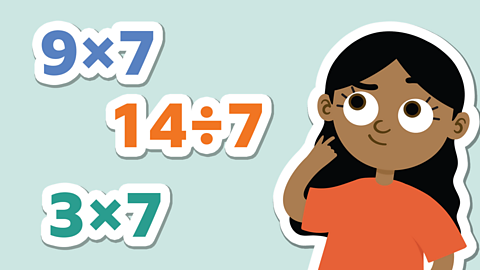What is sharing?
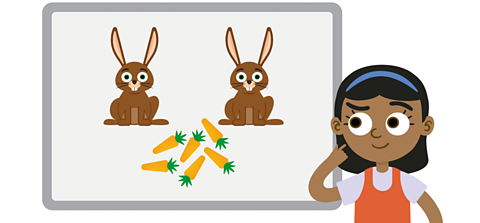
You can use sharing to help understand division.
When you don’t share equally, people get different amounts.
But when a quantity is shared equally, everybody gets the same amount.
You're calculating how much each person gets.

Activity: What is sharing?
Complete this activity to see how much you know about this topic already. Then work through the page and see if you can beat your score.
Sharing equally
When you're sharing, it’s important everyone gets an equal share. That means that the number of things each person has is the same.

Image caption, Omi has 8 oranges and wants to share them with Sally.

Image caption, If Omi shares the 8 oranges equally, the girls both get 4 oranges each.

Image caption, However, if they don’t share them equally, they each get different amounts.
1 of 3
Division works like sharing.
The division symbol (÷) means 'shared between'.
So, if 8 oranges are ‘shared between’ 2 people, it means each person will get 4 oranges.
You can write this as a division calculation like this.
8 ÷ 2 = 4
Example 1
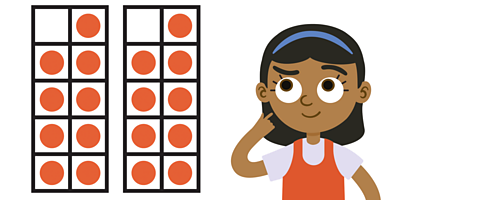
Here are some counters. They've been shared between two ten frames.
Have they been shared equally?
✓ Yes. The counters have been shared into two equal groups.
When you share between two, each of the two groups has to have the same number of counters.
18 counters shared between 2 frames, means each frame has 9 counters.
The numbers of counters in the frames are the same, so you can say that the counters have been shared equally.
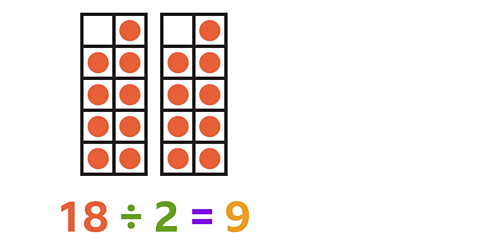
Example 2

Share 36 counters into 4 equal groups. How many counters are there in each group?
✓ 9. When you begin to share, you look a lot at sharing between 2.
You can also share between different numbers too.
36 counters shared equally between 4 is 9.

Example 3
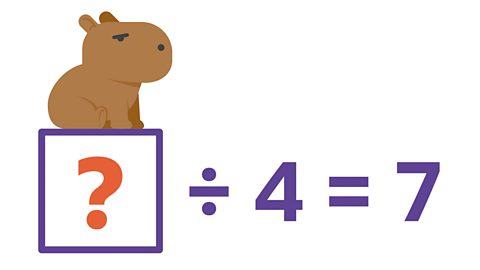
What is the missing number in this division problem?
✓ 28. You can find out how many you started with by looking carefully at the information you have.
You know that there are 4 groups.
You also know that all the groups must be equal groups.
The number 7 tells you that there are 7 things in each group.
To work out the answer, build 4 groups of 7 counters, then count all the counters.
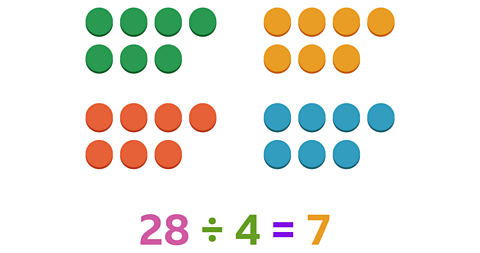
BBC Bitesize newsletter. External LinkBBC Bitesize newsletter
Sign up to our BBC Bitesize newsletter to receive monthly news, stories and updates on latest Bitesize content.

More on Multiplying and dividing
Find out more by working through a topic
- count9 of 34
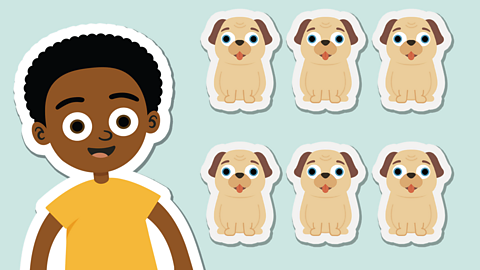
- count10 of 34
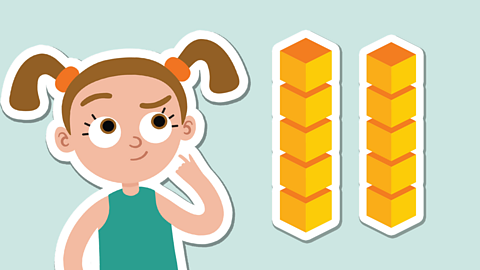
- count11 of 34
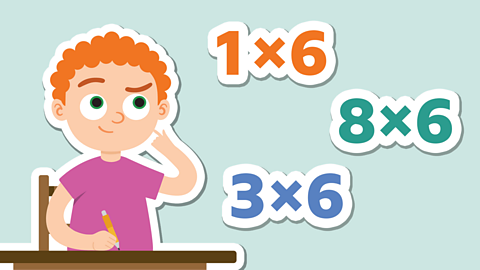
- count12 of 34
